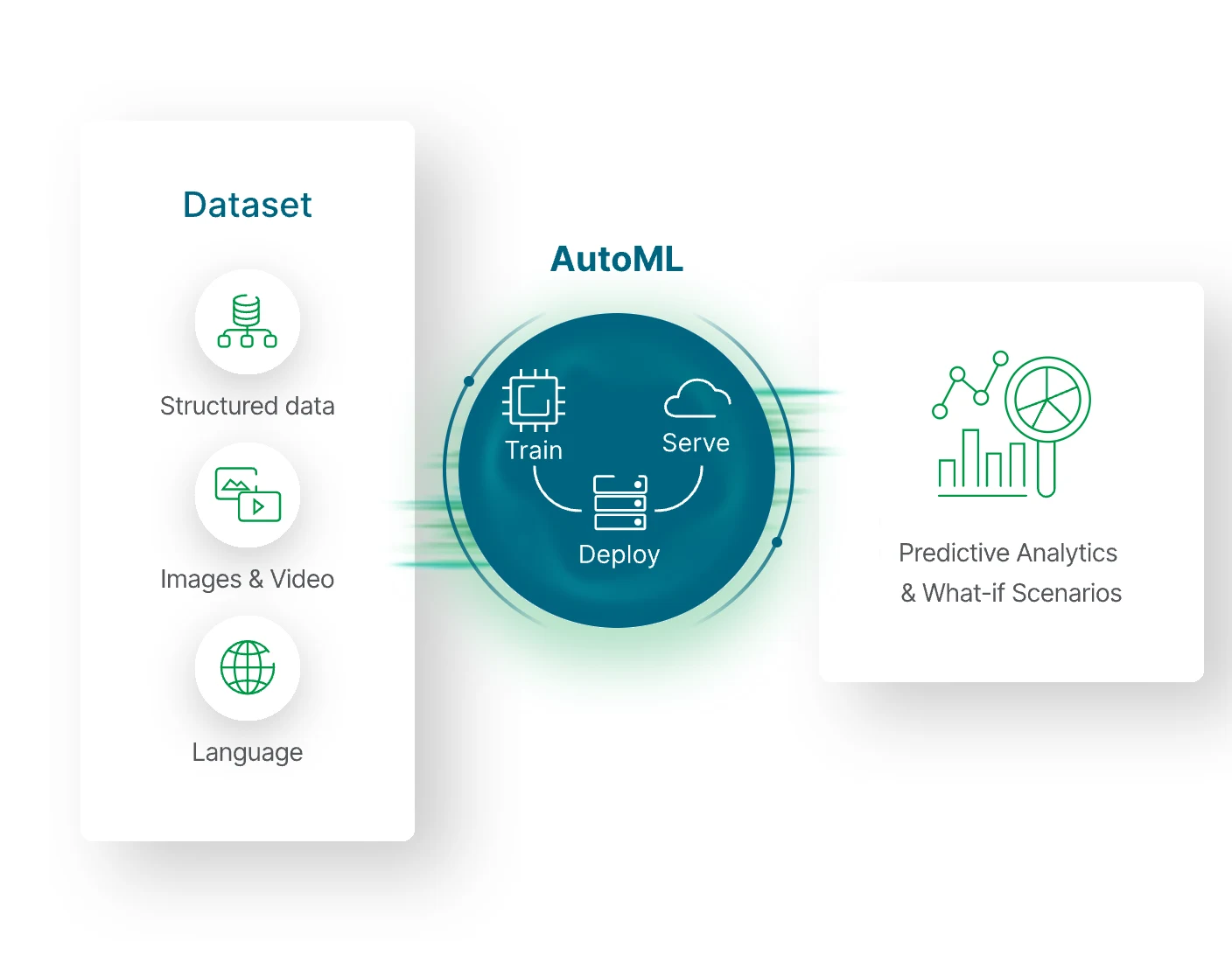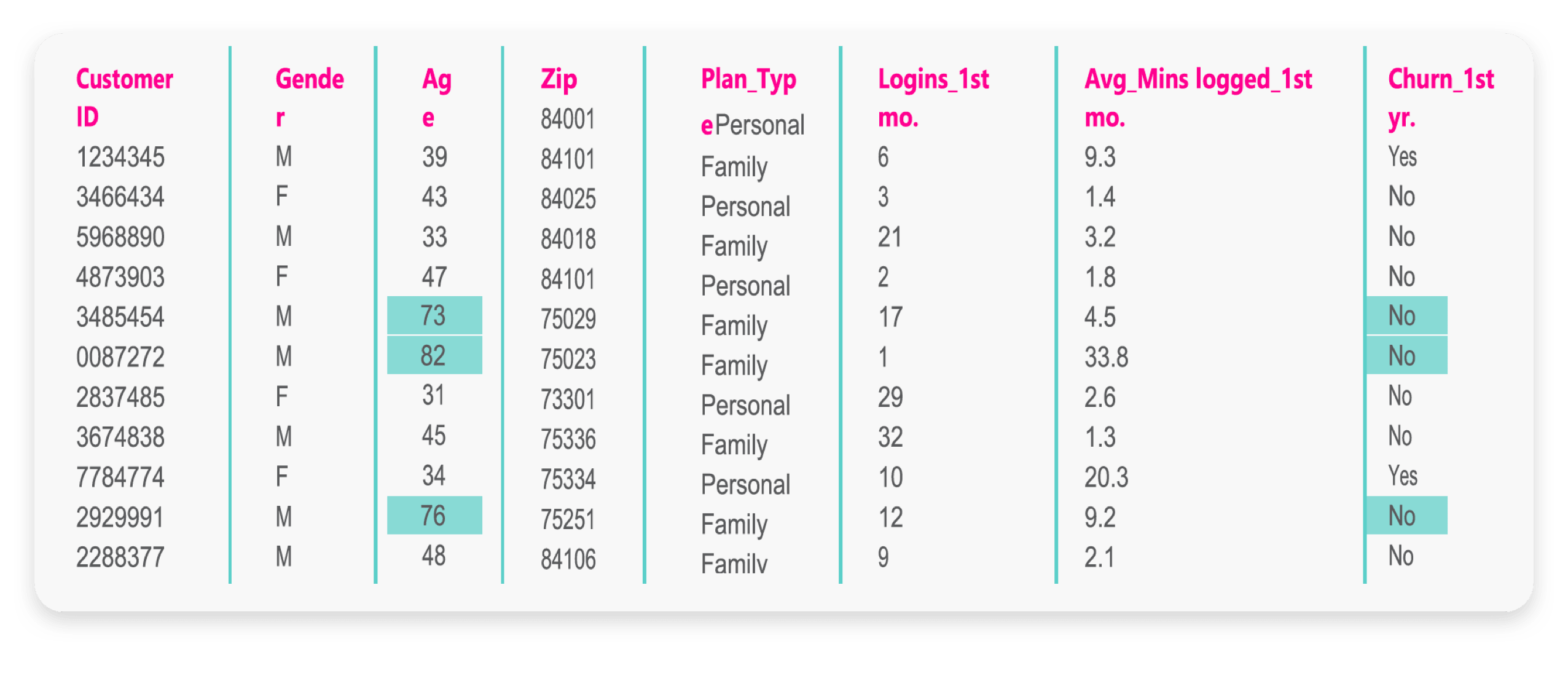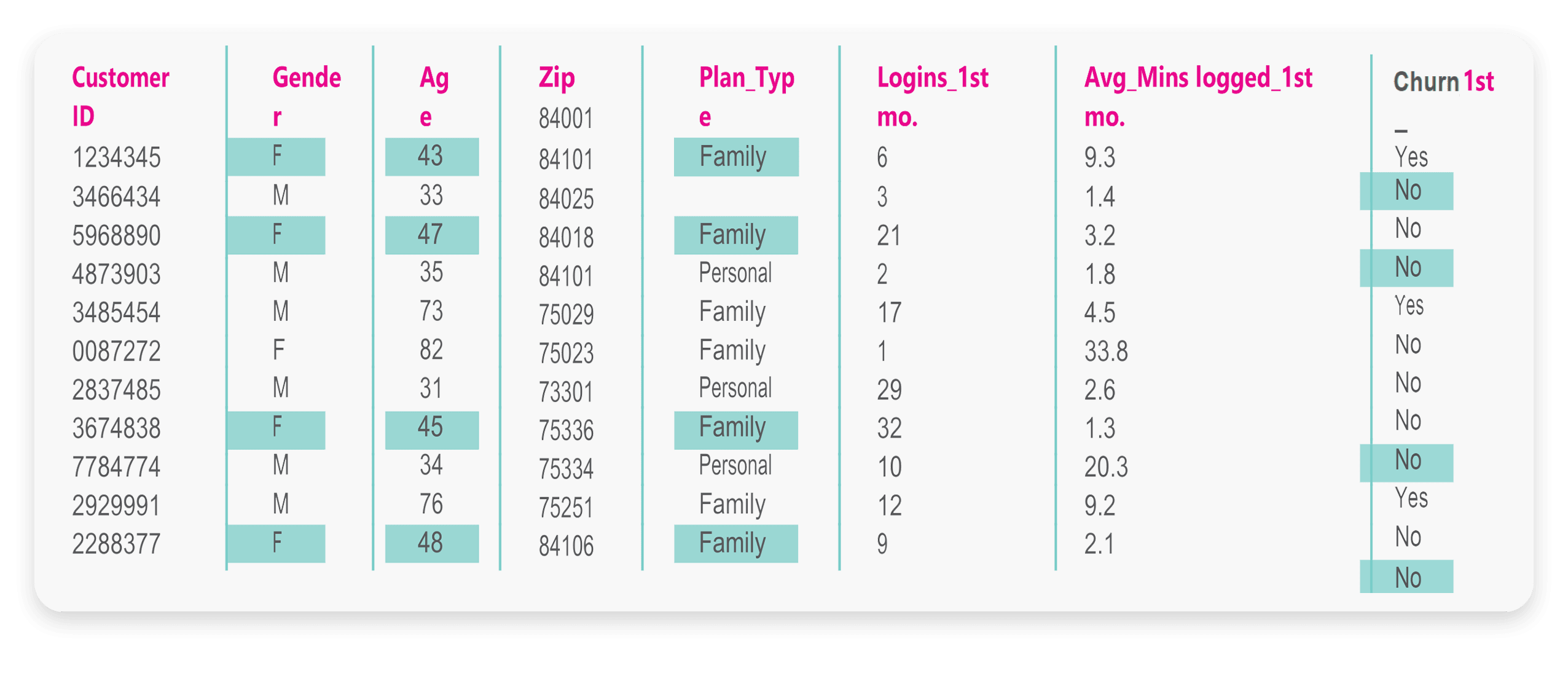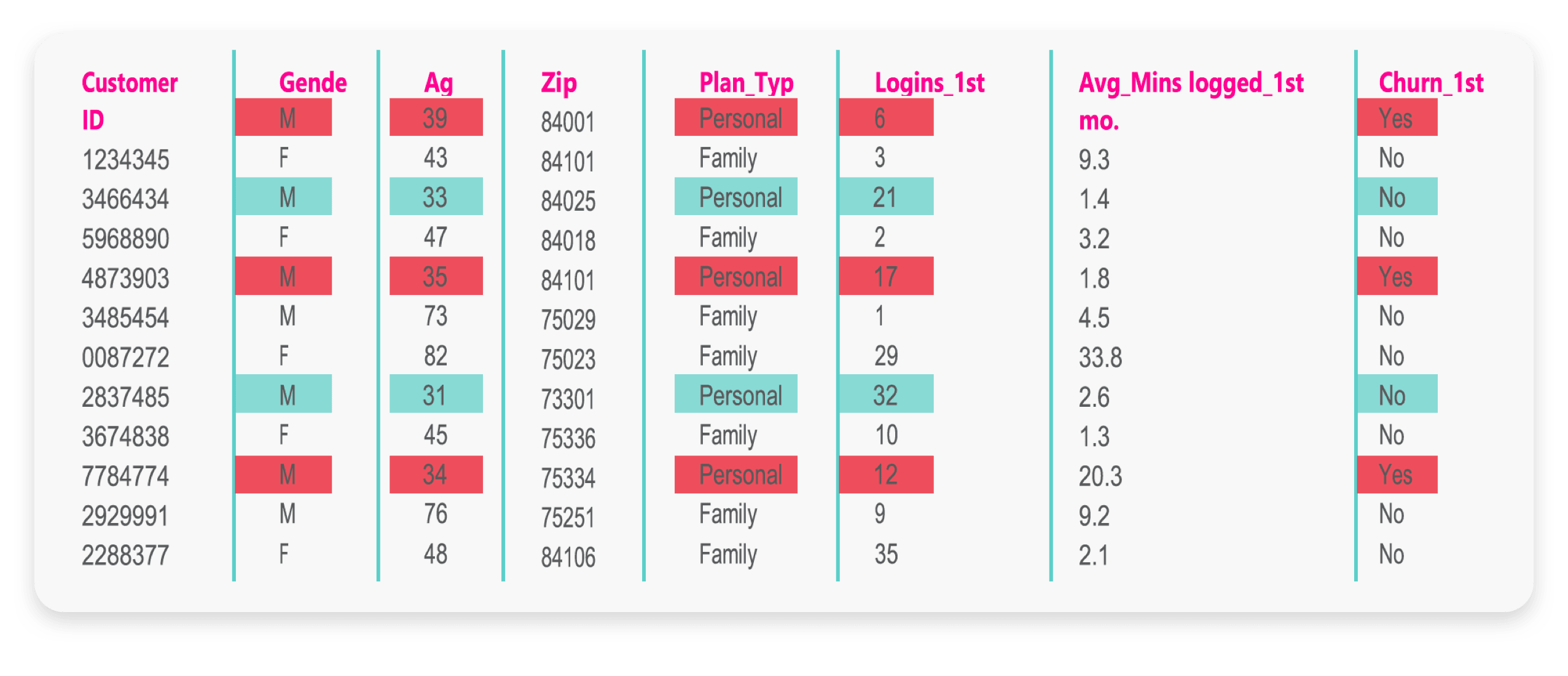Why Is It Important?
You can use automated machine learning in a variety of applications, such as natural language processing, voice recognition, and recommendation engines. It can also support your BI and analytics needs, by using AutoML models to analyze historical data, find key drivers and patterns across large sets of business metrics, and make smart business predictions based on those patterns.
Citizen data scientists benefit from AutoML tools and processes by quickly and easily developing baseline models and acting on the results of these models. ML experts avoid the traditional trial-and-error workflow process and instead put their time and effort toward customizing models and notebooks.
Here are the high-level benefits of automated machine learning which apply to both types of users:
Quickly apply machine learning across your organization. It allows non-ML-experts to leverage machine learning models and helps ML-experienced developers and data scientists to more quickly produce solutions which are often simpler and even perform better than hand-coded models.
Focus effort on higher impact work. It eliminates time-intensive and monotonous coding throughout the machine learning workflow, from preprocessing and cleaning the data to selecting the algorithm to optimizing and monitoring model parameters. Also, training a computer to identify content can reduce errors and save countless hours of manually curating tables, text, images and videos.
Improve business performance. It makes it faster and easier to give your analytics teams the power of predictive analytics, which can significantly improve business performance. Specific applications include detecting fraud, giving consumers more personalized experiences, and better managing inventory through improved demand forecasting.
Automated machine learning can be used on advanced artificial intelligence applications such as deep learning models, or simple problems in your business that you just don’t have the time or expertise to do.



















































